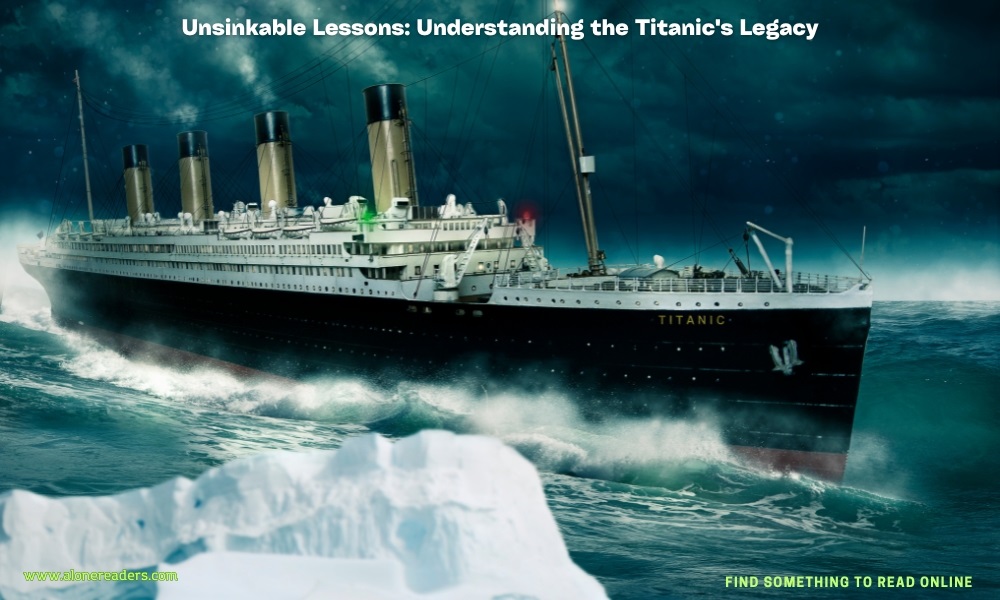
The RMS Titanic, often remembered for its tragic maiden voyage in April 1912, has become a symbol of both human achievement and catastrophe. This article explores the lasting lessons learned from the Titanic disaster, focusing on the areas of safety regulations, ship design, emergency preparedness, and cultural impacts. These lessons continue to influence maritime practices and safety protocols over a century later.
The Titanic was a marvel of its time, designed to be the largest and most luxurious passenger liner. Built by the Harland and Wolff shipyard in Belfast, it was touted as "unsinkable" due to its advanced safety features, including watertight compartments and electronic watertight doors. However, the sinking of the Titanic on its maiden voyage, which resulted in the deaths of over 1,500 people, exposed severe miscalculations and deficiencies in maritime safety practices.
Prior to the Titanic disaster, maritime safety regulations were woefully inadequate. Lifeboats were not required to accommodate all passengers and crew, and drills were seldom conducted. After the sinking, the International Convention for the Safety of Life at Sea (SOLAS) was established in 1914. This treaty enforced strict lifeboat requirements, established 24-hour radio watches on passenger ships, and mandated regular safety drills—practices still fundamental in today’s maritime regulations.
The Titanic tragedy spurred significant advancements in ship design. The concept of watertight compartments was refined to prevent similar disasters. Modern ships are designed with more robust hulls and advanced compartmentalization, along with improved navigation and communication technologies. These enhancements help ensure that ships are safer, and crew members are better prepared to handle emergencies.
The sinking of the Titanic had a profound impact on public consciousness, symbolizing the limits of human ambition and technology. It served as a stark reminder of the consequences of hubris. The disaster has been extensively memorialized in literature, film, and other media, each iteration exploring themes of human error, class inequality, and the relentless pursuit of progress. This cultural footprint underscores the narrative that while technology advances, it must be tempered with caution and respect for nature.
One of the most critical lessons from the Titanic involves emergency preparedness. The disaster highlighted the need for adequate training and resources to manage maritime emergencies. Today, simulation-based training and periodic drills are mandatory for ship crews, ensuring that everyone knows their role in an emergency. The focus has shifted from mere compliance to fostering a culture of safety and readiness.
Leadership during a maritime crisis can mean the difference between life and death. The Titanic’s captain, Edward Smith, faced criticism for his handling of the disaster. Modern-day maritime leaders are trained to make quick decisions, communicate effectively, and manage teams under extreme stress, with the Titanic often used as a key study in leadership training programs.
Conclusion: Carrying Forward the Lessons of the Titanic
The Titanic disaster, though a tragic event, set off a chain of reforms that revolutionized maritime safety. It is a testament to the resilience and adaptability of human societies to learn from past mistakes. As we continue to push the boundaries of what is possible in maritime engineering and navigation, the lessons of the Titanic remain a crucial guide, reminding us of the importance of safety, preparedness, and humility.